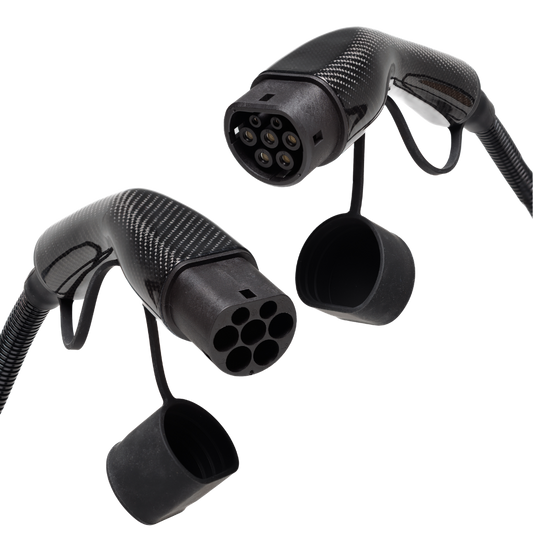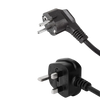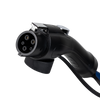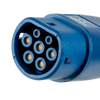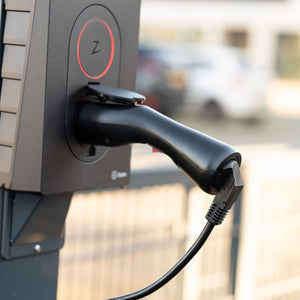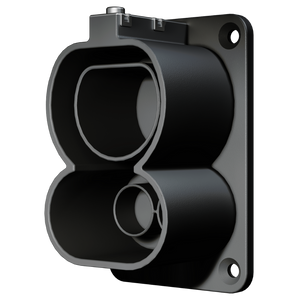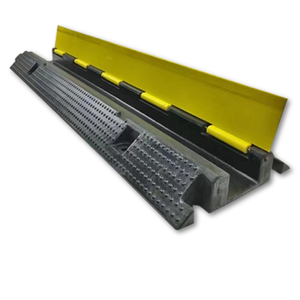EV Charging cables
-
Type 2 | mode 3 | 32a | 22kW charging cable
Regular price £109.00 GBPRegular priceUnit price per -
Type 2 | mode 3 | 16A | 11kW charging cable
Regular price £99.00 GBPRegular priceUnit price per -
Type 2 | mode 3 | 32a | 22kW | coiled charging cable
Regular price £149.00 GBPRegular priceUnit price per -
Type 2 | 1 phase | 32A | 7.4kW charging cable
Regular price £104.00 GBPRegular priceUnit price per -
Type 2 | 1 phase | 16A | 3,7kW charging cable
Regular price £114.00 GBPRegular priceUnit price per -
Type 2 | mode 3 | 16A | 11kW | coiled charging cable
Regular price £119.00 GBPRegular priceUnit price per -
Type 1 - type 2 | 1 phase | 32a | 7.4kW charging cable
Regular price £114.00 GBPRegular priceUnit price per -
Type 1 - type 2 | 1 phase | 16A | 3,7kW charging cable
Regular price £99.00 GBPRegular priceUnit price per -
Type 2 - Type 3 | mode 3 | 32a | 22kW charging cable
Regular price £119.00 GBPRegular priceUnit price per -
Type 2 - Type 3 | mode 3 | 16A | 11kW charging cable
Regular price £104.00 GBPRegular priceUnit price per -
Type 2 | 1 phase | 32a | 7.4kW | coiled charging cable
Regular price £189.00 GBPRegular priceUnit price per -
Type 2 | 1 phase | 16A | 3,7kW | coiled charging cable
Regular price £179.00 GBPRegular priceUnit price per -
Voldt® Type 2 Carbon Fibre charging cable 22kW
Regular price £324.00 GBPRegular priceUnit price per
Voldt's service



CCS2 Plug holder
£17.00
16A 5-pole to Schuko adapter
£20.00





What customers say about Voldt
-
Are Voldt's charging cables suitable for every charging station in the United Kingdom?
-
In what order do you charge your electric car?
-
Can I use a three-phase EV charging cable in a single-phase charging box?
-
What is the difference between the male and female sides of an EV charging cable plug?
-
How much electricity does charging an electric car consume?
-
How can I receive information about the shipment of my parcel?

Not sure which cable you need?















